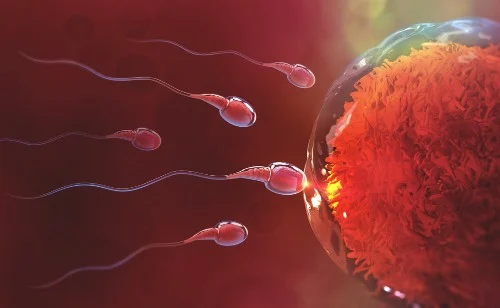Recently, I celebrated a significant milestone—my 30th anniversary of attending my first concert. Not my marriage anniversary, which is coming up on 14 years, but an event that ignited my passion for live music. Can you recall your first concert? The anticipation, the thrill, the overwhelming sense of wonder? If your inaugural show was in the ’80s like mine, the ticket price would barely cover the cost of a T-shirt today. I had the opportunity to see iconic bands whose music continues to resonate, such as U2, REM, Guns N’ Roses, The Police, or even the likes of Michael Jackson and Madonna.
The band I experienced was already labeled as classic rock back in the ’80s and was considered “old” by my teenage standards. Nevertheless, I couldn’t have chosen a more impactful concert for my entry into the world of rock ‘n’ roll.
“Guess what? I got tickets to a Springsteen concert!”
“What? I thought they were all sold out!”
“They released more tickets. My dad took me, and I managed to grab four. Want one?”
“How much?”
“Twenty bucks.”
“Uh…”
“Come on!”
A week later, I found myself in the upper tier of Philadelphia’s Veterans Stadium, in what would have been right field for the Phillies. After three exhilarating hours, I emerged from the stadium transformed. The legendary reputation of Springsteen’s electrifying performances was indeed justified. That August evening marked the birth of my admiration for Bruce Springsteen and the E Street Band—a love that has woven through both the monumental and mundane moments of my life.
Before the concert, my knowledge of Springsteen was limited to popular hits played frequently on the radio, especially “Born in the USA,” which I cranked up each time it aired, only to have my dad walk into my room and say, “Could you turn that down?” It was not a request.
The day after the concert, my quest for understanding Bruce began. I was eager for more information. It started with my older sibling’s 8-track of Born to Run. By fall 1985, as a sophomore in high school, I found myself listening to it incessantly. I would lie in bed with oversized headphones, soaking in every chord, instrument, and lyric. When the final notes of “Jungleland” faded, I felt a deep yearning for freedom and success.
I devoured books and articles about Bruce, listened to interviews both vintage and contemporary. I learned about his working-class upbringing, his familial struggles, and how music became his refuge. While I was fascinated by the insights I gained, it was through his music that I felt a genuine connection.
I sought out other Bruce albums and rare recordings, playing them repeatedly until I could recite every word. This was a challenging endeavor in the pre-Google era, often without liner notes, but I was determined. Had I approached my SAT preparation with the same fervor, I likely could have improved my score significantly. His songs spoke of dreams chased, the desire for escape, and empathy for those facing hardship.
That autumn, I proudly donned my concert souvenir T-shirt to school, participating in an unspoken tradition where students showcased their concert experiences. I believed my newfound musical knowledge would elevate my social status. Like Bruce, I was introverted and reserved; however, instead of picking up a guitar as a means to navigate my shyness, I memorized lyrics. Focusing on Bruce and the band made me feel like I was a part of something larger, a brotherhood defined by shared passion and loyalty.
We stood side by side, each one fightin’ for the other
We said until we died we’d always be blood brothers
Even though those lyrics brought me joy, they didn’t necessarily enhance my cool factor. A few months post-concert, I found myself working at a grocery store where I spotted an attractive coworker. I attempted to impress her with a line from “Sandy,” but she was unimpressed. She certainly wasn’t the last to overlook my Springsteen references.
In 2000, while riding in a friend’s car, I heard “My City of Ruins” for the first time. It struck a chord—poignant and powerful, I needed to hear it again. When Bruce performed it at the 9/11 benefit concert, it resonated even more profoundly. It was a reflection of my emotions as I stood on Fifth Avenue, witnessing the second tower fall.
Although my love for Springsteen never boosted my coolness, it finally helped me connect with someone special. On a blind date, I found myself seated across from a shy woman who also adored Springsteen and had a poster of him in her childhood room. I leaned back and listened intently. When she finished, I simply added, “I like him too.” Fourteen months later, we were married. Our first dance as a married couple was to Bruce’s “If I Should Fall Behind.”
Since then, my wife and I have attended several Springsteen concerts, including one in 2003—an event that included a little one on the way. Who could have imagined that the thrill of a 15-year-old at his first concert could evolve into a lifelong passion? Thank you, Bruce. Thank you, E Street Band.
For more insights on home insemination and related topics, check out this excellent resource on pregnancy. If you’re interested in exploring home insemination options, visit this link for valuable information. Additionally, Make a Mom offers a comprehensive guide on at-home insemination kits.
In summary, my journey through life has been profoundly shaped by the music of Bruce Springsteen, which has provided both solace and connection, often leading to unexpected relationships and experiences.
